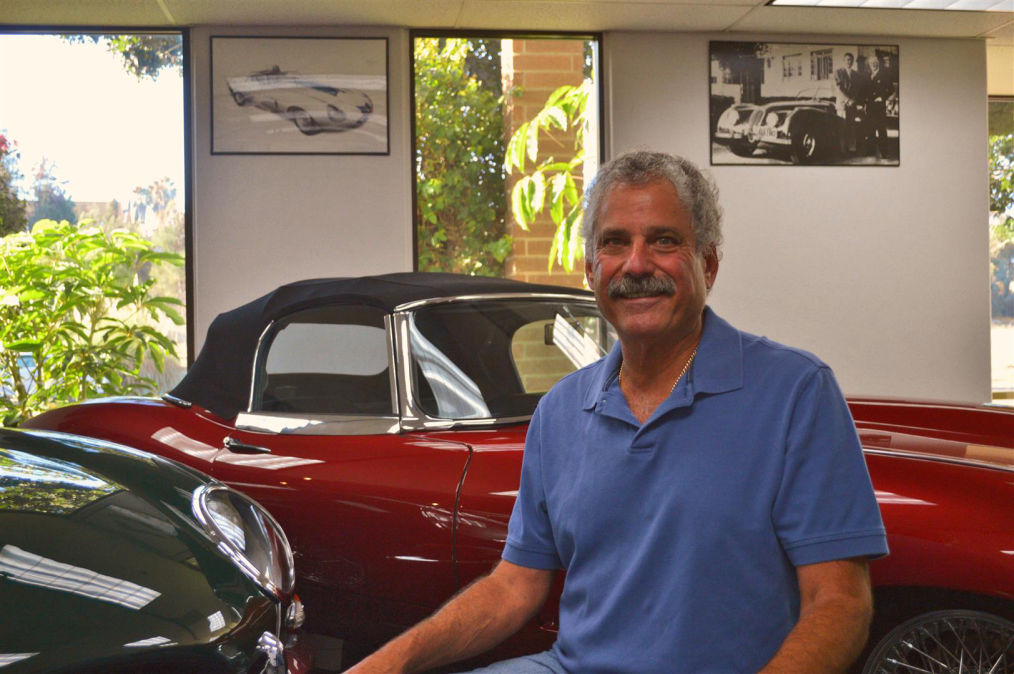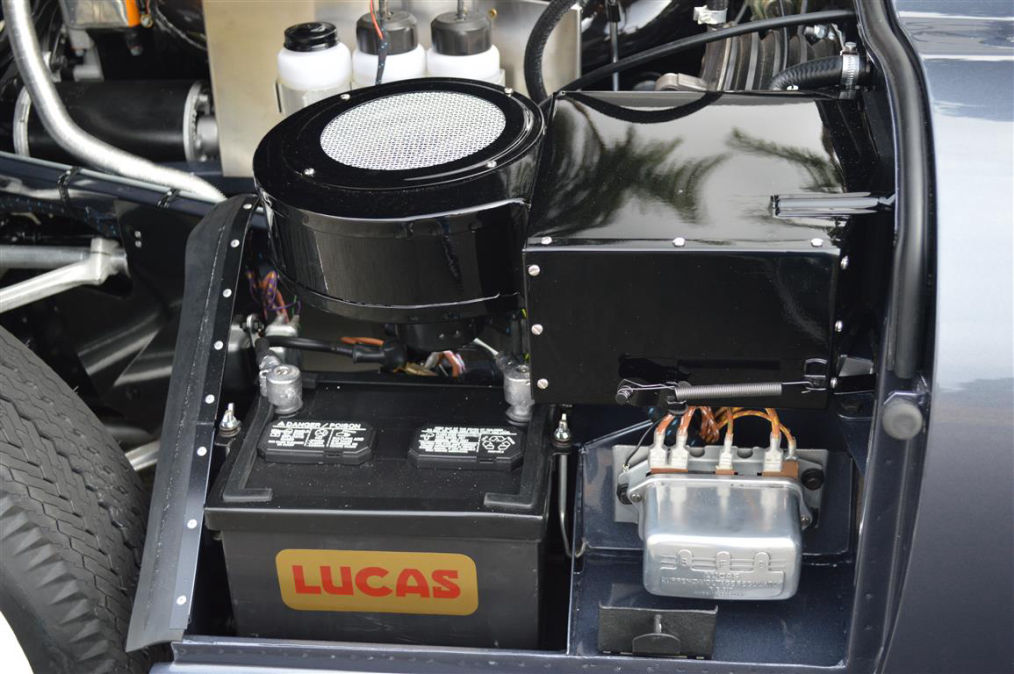
ASK TOM
Summer 2019 Newsletter

Summer 2019 Newsletter

What do you recommend for a battery for a Series 1 E-type? I want the correct size one that is good for showing, and it must fit in the battery retaining frame, not just the bottom tray. I live in CA so cold starts are not an issue.
If you will be showing your car then we think you will like a Lucas “tar top” battery. It does fit perfectly, including inside the retaining frame that fits over the top of the battery.
However, if you want a more dependable and less expensive battery then you can use a black Group 86 battery from Interstate Battery, Bosch, or any other major brand. If the retaining frame is slightly different in size, you can cut and weld down the frame to make it smaller. Then it will pass in a concours. If you do that then we recommend you remove the decal off the battery and put a Lucas battery decal on the front. Then it would be Concours correct, and last longer than the tar top.

The color on my newly acquired 1969 E-type OTS is Silver-Grey…Can let me know how to tell if it is the original color or it has been resprayed?

What makes a classic car more valuable?

What are the steps in the restoration process?
• Evaluate, document, & photograph
• Pressure clean the car
• Take the vehicle apart
• Remove the exterior trim and strip the paint to the bare metal
• Remove the interior
• Remove bolt-on body panels
• Remove the motor trans, other mechanical systems and disassemble
• install on the rotisserie
• Cut out rust, install original replacement panels or fabricate new pieces (if needed), weld in place
• Access the body for dents and waves, fix appropriately
• Metal finish, re-lead as needed, and apply a light skim coat of filler to body, smooth out any minor inconsistencies as needed
• Sand down the filler and prime with metal etching primer
• Fit chrome and new rubber to the car in bare metal
• Add epoxy primer and the “guide coat”
• Paint all the edges of the body in the color the car will be painted
• Paint, wet sand and buff vehicle
• Assemble and attach components to vehicle
• Install the motor, and transmission, and other mechanical components and systems
• Assemble the body panels and attach all remaining parts to the body
• Reassemble exterior trim, glass and doors then install the interior, and all rubber seals
• Set up, tweak and drive up to 100 miles to break in the car and make sure it is set up properly. Inspect on a lift after each drive test.
• Perform pre-delivery service

What is the difference between Original, Restored, and Resto-Mod?